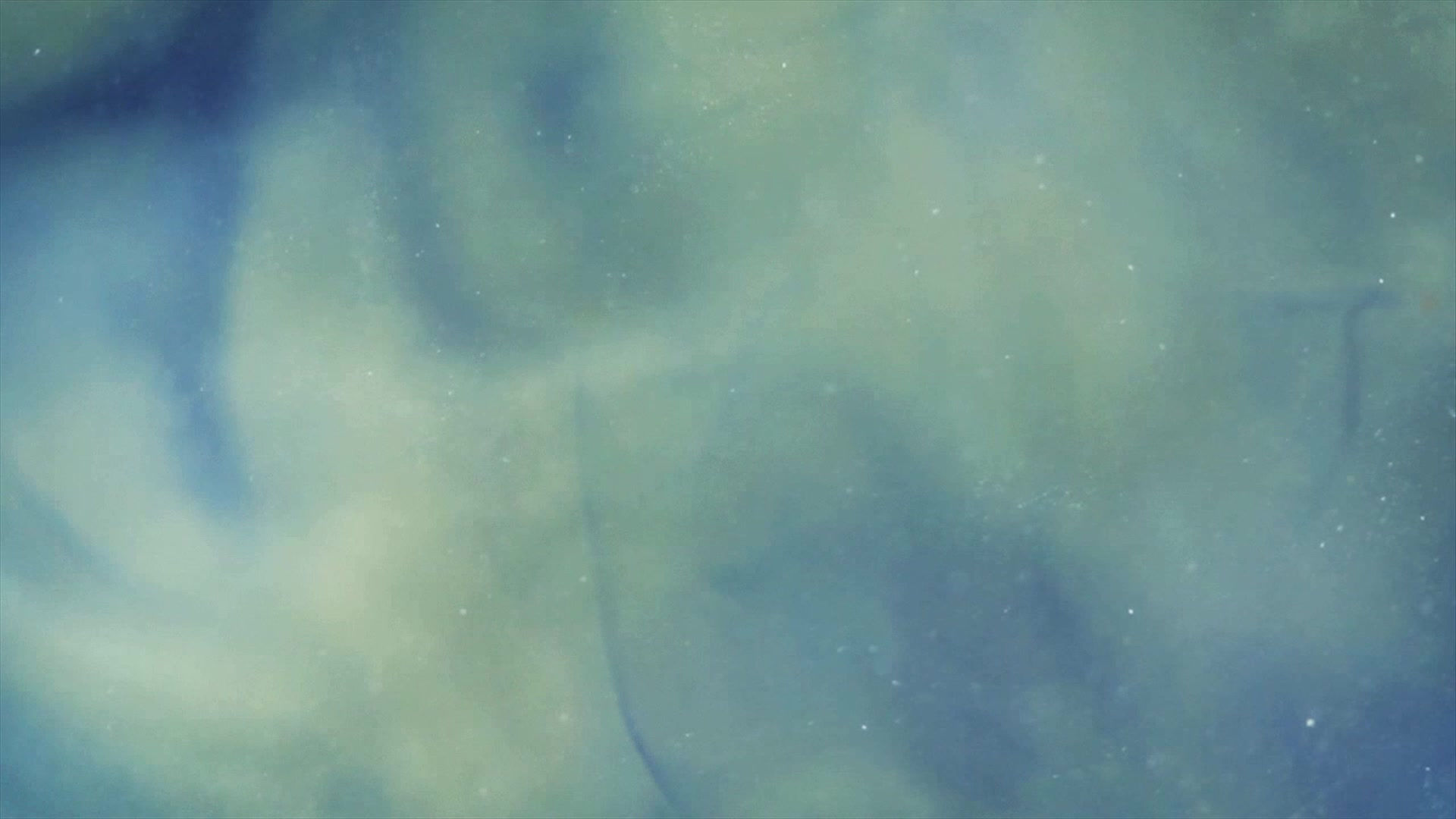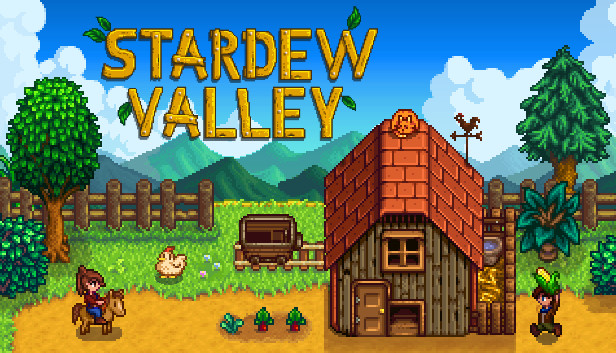Applying Shirky's End of Audiences theory to Interview With The Vampire (2022)
- Media Bloggers
- Sep 15
- 3 min read
I have chosen the 2022 serialised iteration of Anne Rice’s 1973 novel Interview with the Vampire to be analysed through the lens of Shirky’s ‘End of Audiences’ theory, because it is an iteration of an already existing media text designed specifically for a post-internet audience, and remains acutely aware of the fact that it is an iteration of an already existing story, acting as more of a retelling than a continuation. Another reason why I selected this particular text is because of the relationship that the series’ actors have with the text, being encouraged to read the original novel and become fans themselves before acting in the show. This is especially true for Eric Bogosian, playing the character of Daniel Molloy, who once stated that he has always had a desire to play a vampire character, and has expressed his fondness of the franchise in an interview for Playbill.
Shirkey’s theory centers around the change in the relationship between media products and their audiences, specifically in relation to the internet and how that transforms audiences from passive consumers to more active ‘prosumers’, which is a neologism combining the roles of producer and consumer.
One way in which Shirkey’s theory is applicable is that the audience are already entering Interview with the Vampire as active consumers due to the pre-existing book and film, and the internet facilitating their expression of these expectations. This is achieved online through the creation of fan media, such as fanart and various other forms of fan discussion, which can have an effect on the show, for example the casting choice for the character Akasha was made based on the fan reaction to the casting in the original film, showcasing the more active role and greater influence of modern fans.
When looking at Interview With The Vampire, the most prominent example of the fans behaving in a more active ‘prosumer’ style is through a common form of fan content, which is the creation of media - often comics or writing - featuring the version of the characters created for the show, which differ from their previous depictions, and putting them through events that happen later in the books that the 2022 show hasn’t yet covered - effectively creating their own versions of the plot before the show has the chance to. These fanworks will then spread in fan spaces, often to an audience of thousands.
A limitation of this theory is how it focuses solely on how the internet changed the relationship between fans and media - ignoring the effect it had on media producers. This effect can also be observed when considering IWTV - how media producers also act in a more fan-like way. An example of this would be how the actors discuss the show on their social media - making references and inside jokes instead of the more informative and factual commentary that would have previously been expected.
The theory also ignores how the internet has also allowed the media producers to have more power with their own product, not just the fans. When the 1997 film adaptation was made, Anne Rice had many criticisms, from casting to plot changes, alongside the fact that she’d always wanted her work to be serialised. She regained the rights to IWTV in 2016, announced on facebook that she had them and that she wanted a serialised show to be made. She then proposed her idea to a multitude of production companies - facilitated by the internet - until she sold the rights to AMC in 2020, who two years later, and one year after her death, carried out her wish.
I believe that IWTV (2022) supports Shirky’s ideas, as it has a very active fanbase that creates a plethora of content, much of which challenges what it means to be a consumer opposed to a producer, which is reflective of the modern, internet facilitated audience that Shirky describes.
Freddie Voutsinas





Comments